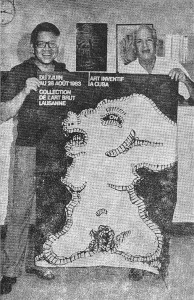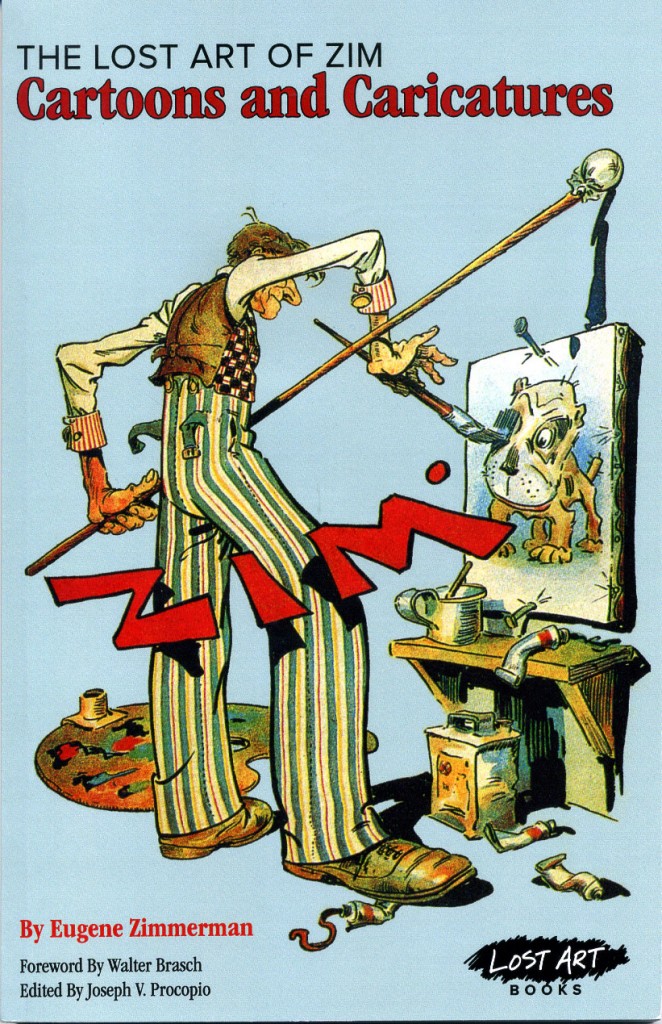Over the last couple of months, I’ve written five lengthy posts about A Drunken Dream Fantagraphics’ collection of stories by the great shojo manga-ka Moto Hagio. I’ve spent so much time on this book for a number of reasons. Hagio is a central figure in the history of shojo, a genre in which I’m interested. Matt Thorn, the volume’s editor and translator, is one of the most important manga critics around,so anything he does is worth thinking about carefully. And, finally, this is meant to be the first in a series of reissues of classic shojo tales by Fantagraphics. That’s an exceedingly worthwhile project, and I wanted to draw attention to it.
To finish up my series, I thought I’d look briefly at what other critics have said about A Drunken Dream.
I certainly haven’t been alone in seeing this book as important. Deb Aoki at About.com gave it 4.5 stars and said it was “a long overdue glimpse into Hagio’s 40-year career. Melinda Beasi picked it as her book of the week, calling it gorgeous. David Welsh in a discussion of the best manga of the year similarly, if more somberly, commented that on best of the year lists, “Moto Hagio’s A Drunken Dream and Other Stories (Fantagraphics) didn’t seem to make much of an impression outside of dedicated manga readers, which is disappointing to me as a dedicated manga reader.”
So…many stars, pick of the week, should be on best of lists. Check, check…check! Sounds good! Long awaited collection by a manga master, critics love it — there must be a lot of juicy articles out there discussing why the book is so wonderful, right? Right?






